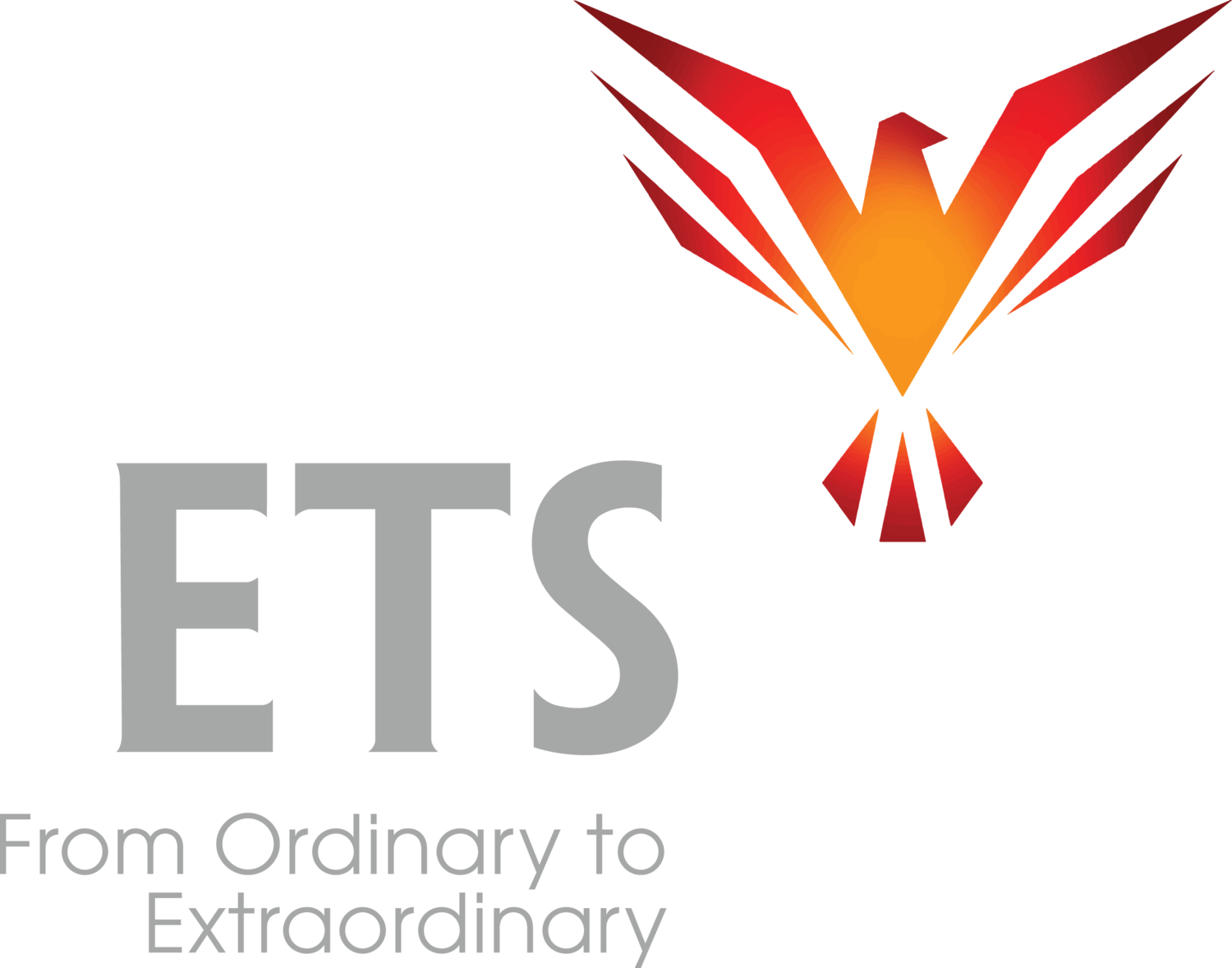Walter is a very high-level engineer who works on new product development, critical products that generate billions in annual revenue for the corporation. He presents quarterly to the CEO and executive leadership team who rely heavily on Walter’s technical expertise.
Walter is a really nice guy with a great sense of humor. I liked him right away. But when he started the presentation that he wanted to practice during our Executive Coaching Session, all the life in him drained away.
I asked him, “Walter, you don’t look like you’re enjoying this very much. What’s happening?”
He said, “I really hate giving this presentation.”
Me: “Why?”
Walter: “Last quarter, without talking to me or my team, the CEO promised Wall Street we would have a new product release in January. A brand new product that’s really complicated to develop. The CEO was feeling pressured because our competition is ahead of us on it.
“In our last presentation I tried to tell him that we’re not ready, that it will take us at least a year and I tried to explain why.
“He cut me off and told me that he had already publicly promised Wall Street and we had to do it. He said that since the competition had done it, he didn’t see any reason why we couldn’t do it. He said it was my problem to figure out, and just to go solve it.
“I went back to my team and we’ve all been running around in complete confusion for the past quarter. We’ve gotten nothing done and now I have to present our quarterly results and we don’t have any. I have to make it look like we’re working on it and moving forward when we’re not, and you’re right - I’m most definitely NOT enjoying this at all.”
Walter was faced with the dilemma of: How do you present something that violates your integrity? (READ MORE…)
